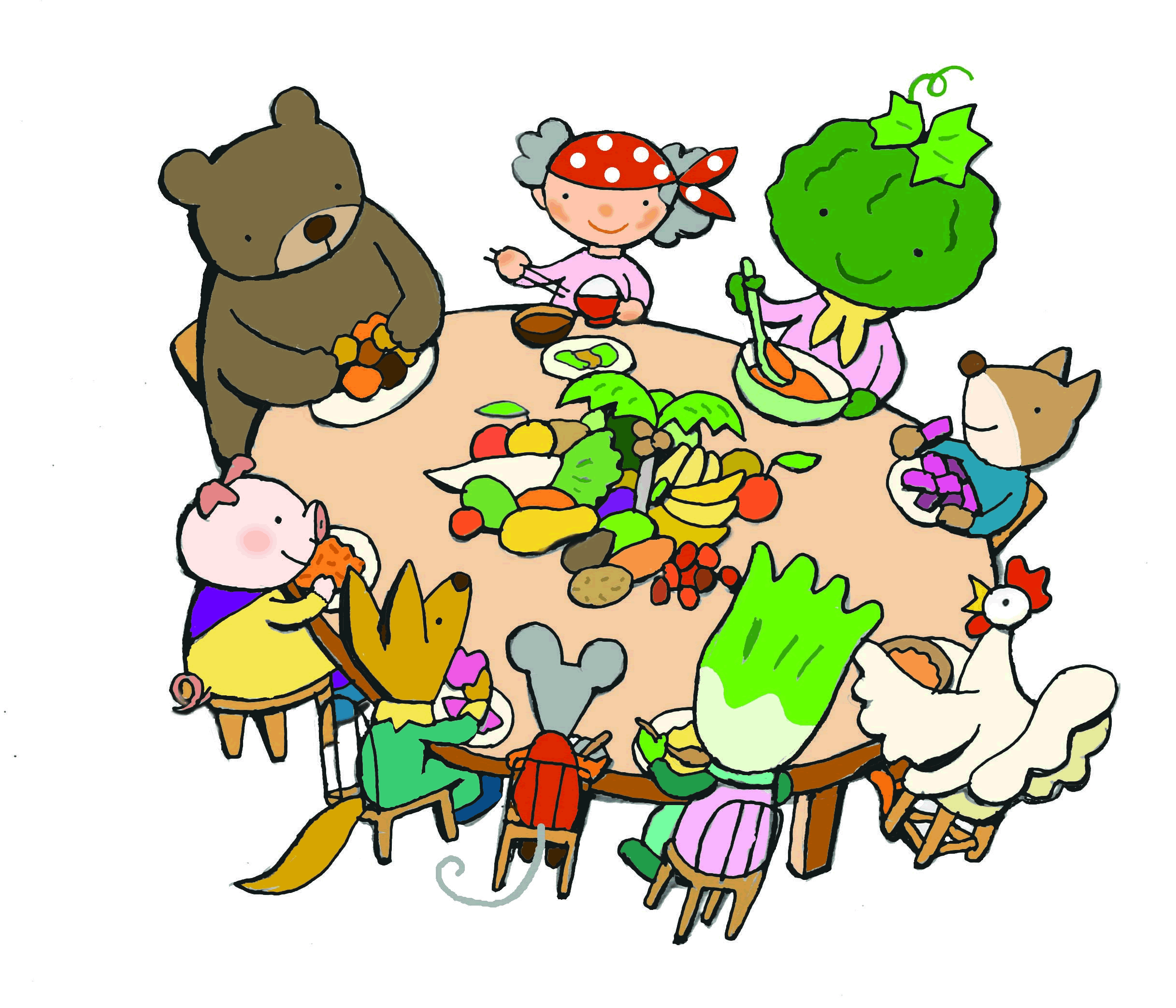An article appeared in Tokyo Shimbun on January 24, 2020 that reported on the use of genome editing to exterminate invasive fish. The research is being pushed forward as a study by the National Research Institute of Aquaculture.
The article noted that Bluegill was introduced from North America to Japan in around 1960. It fed on everything from crustaceans and insects to young fish and aquatic plants, and had a major impact on the ecosystem, including the disappearance of native species. There was a huge influence in particular in Lake Biwa in Shiga prefecture, where the damage was enormous. The National Research Institute of Aquaculture succeeded in analyzing the genome of the Bluegill and succeeded in cutting the corresponding genes for infertility in males. In the future, they will create a near-natural environment in a controlled quarantine area and collect data for three to five years. The goal is to raise them in an outdoor reservoir and eventually release them into Lake Biwa, according to Tokyo Shimbun.
Consequently, Consumers Union of Japan wrote to the research center on January 29 to express our concern and to ask a number of questions. We consider that this type of genome editing can have a large impact on related species, the natural environment, as well as the entire ecosystem. This impact due to the release of genome-edited fish must be analysed very carefully. On February 17 we received a reply from the research center. Here follows the questions and answers:
Question 1: Please explain briefly how the sterilization will be made using genome editing, in order to exterminate invasive fish (Bluegill) and how you intend to assess the environmental impact as a result of releasing such fish.
(Answer) We are at the advanced stage of creating infertile fish that will be released. The research institute is going to carefully assess the impact on the environment after the release of the sterlizied fish and the influence on the biota in the water as well as the predation and the multiplication.
Question 2: Although the fish will be made infertile, is there a possibility that the genes for sterilization can spread to other related species including native fish and its offspring through cross breeding?
(Answer) There are no native fish of the same species as Bluegill (Sunfish family) in Japan. Because of this, we think the possibility that the sterilization genes will spread through cross breeding is zero. Also, Largemouth bass belongs to the Sunfish family but there are no reports of Largemouth bass cross breeding with Bluegill in the natural environment. Even so, we are consulting with related public administration and experts to get their opinion on wether such cross breeding is possible or not.
Question 3: Regarding sterilization, are you considering what may happen if offspring from such fish spread for example through artificial causes to water areas where they are a native species, such as North America?
The possibility that offspring of such fish will move to other water areas in Japan is being considered. It is also not impossible to imagine that eggs etc. from such fish will be transported by someone and discharged in North America. However, the sterilized populations we plan to develop will not reduce Bluegill populations in such waters unless we continue to release significant numbers into the same waters for decades. Therefore, we believe that the impact on Bluegill populations in a given body of water will be temporary, even if they move or are released. We expect to cover this point in the environmental impact assessment. Indeed, if infertile individuals are deliberately released in large numbers to their place of origin or elsewhere on an ongoing basis, this may lead to a decline in Bluegill populations in their original habitat. We plan to ask for the opinion from related public administrations and experts in order to get a clear picture of what may or may not happen and what measures need to be taken.
Question 4: Gene drive technology can be used to create sterilization. Are you considering the possibility of using gene drive technology?
(Answer) It would be very dangerous if offspring of such fish with sterilization from gene drive technology were to spread to the place where they are a native species as it can lead to extermination. Therefore we are thinking that it would be improper to use gene drive technology to extermine invasive fish in Japan. We are not planning to use it in the future either, even if there are technical developments in that field.
Question 5: If such fish and their offspring with infertility genes were to be caught, there is a possibility that they would be eaten by humans. Have you considered the food safety issue or do you plan to do such assessment?
(Answer) We are considering the possibility that such infertile fish or their offspring could be eaten. We cannot say that it would not happen. We are planning to ask related public administration and experts for their assessment of the food safety issue, once we are at that stage of development of sterilization.

